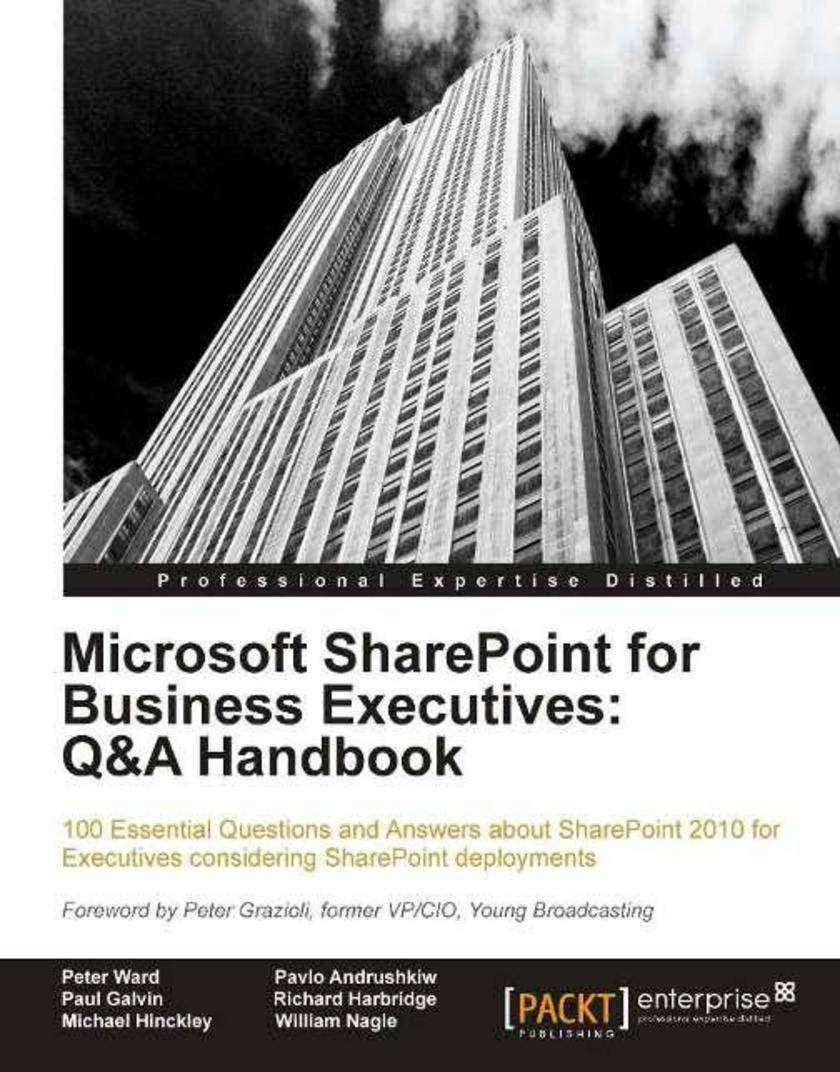
Microsoft SharePoint for Business Executives: Q&A Handbook
¥71.93
“Microsoft SharePoint for Business Executives: Q&A Handbook” is a quick, non-technical reference for business executives who need to get up to speed with SharePoint and understand how to make the right decision about implementations. With an easy to absorb Q&A approach and short bite size chapters focused on defined SharePoint subjects, the book follows specific SharePoint situations drawn from real world experience, enabling you to learn from anecdotes and case studies along the way. “Microsoft SharePoint for Business Executives: Q&A Handbook” is the perfect companion for business executives or non-technical team leaders who don’t want to trawl through a detailed, hands-on functionality guide to get up to speed with SharePoint. If you simply need to understand important implementation decisions or have the confidence to challenge your technical team on an approach, this book will prepare you to ask the right questions and make the right decisions. No prior knowledge of SharePoint is required.
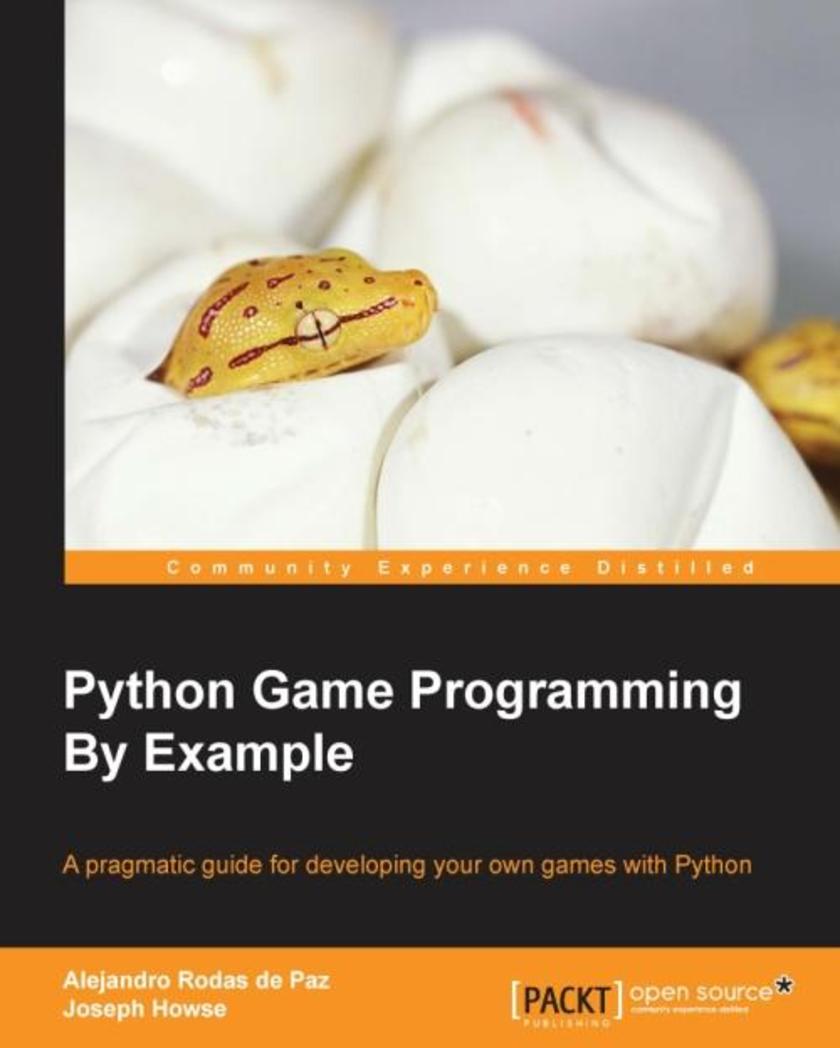
Python Game Programming By Example
¥71.93
A pragmatic guide for developing your own games with Python About This Book Strengthen your fundamentals of game programming with Python language Seven hands-on games to create 2D and 3D games rapidly from scratch Illustrative guide to explore the different GUI libraries for building your games Who This Book Is For If you have ever wanted to create casual games in Python and you would like to explore various GUI technologies that this language offers, this is the book for you. This title is intended for beginners to Python with little or no knowledge of game development, and it covers step by step how to build seven different games, from the well-known Space Invaders to a classical 3D platformer. What You Will Learn Take advantage of Python’s clean syntax to build games quickly Discover distinct frameworks for developing graphical applications Implement non-player characters (NPCs) with autonomous and seemingly intelligent behaviors Design and code some popular games like Pong and tower defense Compose maps and levels for your sprite-based games in an easy manner Modularize and apply object-oriented principles during the design of your games Exploit libraries like Chimpunk2D, cocos2d, and Tkinter Create natural user interfaces (NUIs), using a camera and computer vision algorithms to interpret the player’s real-world actions In Detail With a growing interest in learning to program, game development is an appealing topic for getting started with coding. From geometry to basic Artificial Intelligence algorithms, there are plenty of concepts that can be applied in almost every game. Python is a widely used general-purpose, high-level programming language. It provides constructs intended to enable clear programs on both a small and large scale. It is the third most popular language whose grammatical syntax is not predominantly based on C. Python is also very easy to code and is also highly flexible, which is exactly what is required for game development. The user-friendliness of this language allows beginners to code games without too much effort or training. Python also works with very little code and in most cases uses the “use cases” approach, reserving lengthy explicit coding for outliers and exceptions, making game development an achievable feat. Python Game Programming by Example enables readers to develop cool and popular games in Python without having in-depth programming knowledge of Python. The book includes seven hands-on projects developed with several well-known Python packages, as well as a comprehensive explanation about the theory and design of each game. It will teach readers about the techniques of game design and coding of some popular games like Pong and tower defense. Thereafter, it will allow readers to add levels of complexities to make the games more fun and realistic using 3D. At the end of the book, you will have added several GUI libraries like Chimpunk2D, cocos2d, and Tkinter in your tool belt, as well as a handful of recipes and algorithms for developing games with Python. Style and approach This book is an example-based guide that will teach you to build games using Python. This book follows a step-by-step approach as it is aimed at beginners who would like to get started with basic game development. By the end of this book you will be competent game developers with good knowledge of programming in Python.
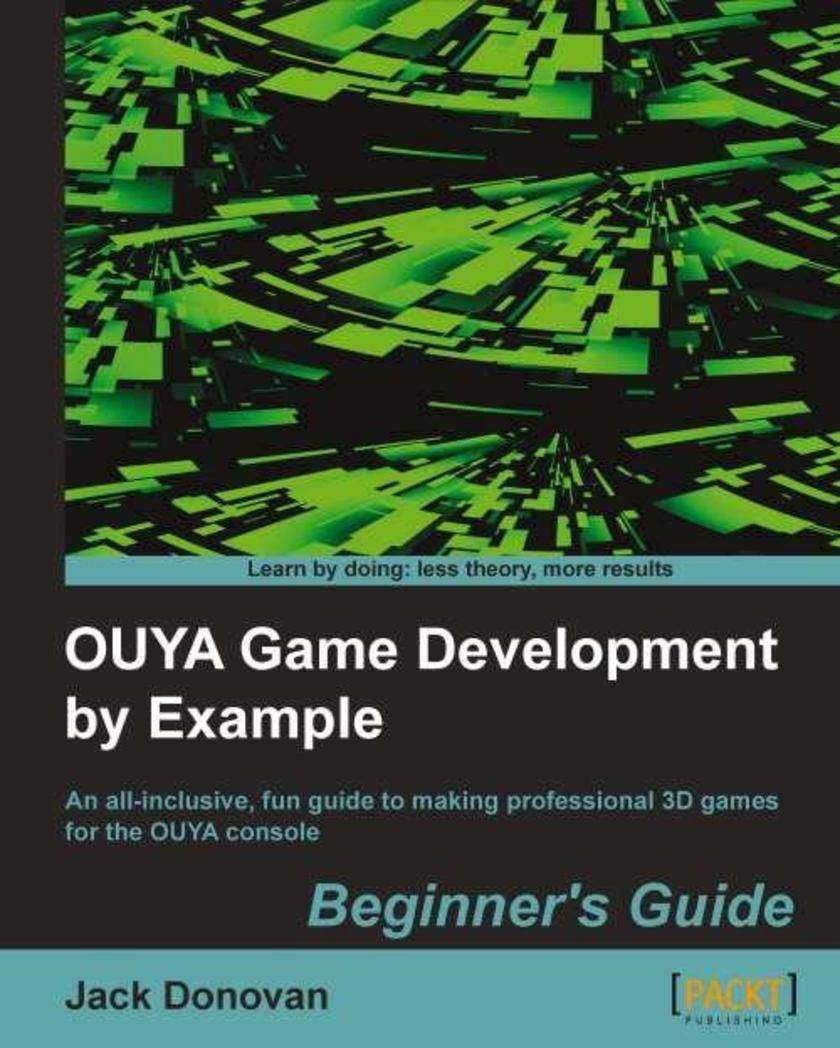
OUYA Game Development by Example
¥71.93
"OUYA Game Development by Example" consists of different game application examples. No prior experience with programming is required. You will learn everything from scratch and will have an organized flow of information specifically designed for complete beginners. Using this book, you can get started with creating games without any game development experience. This book is perfect for anyone that wants to make video games but is unsure of where to start. It covers elements of game design, art, and programming comprehensively, and the engine used throughout all of the tutorials is very beginnerfriendly. No prior knowledge is assumed or required for the tutorials in this book.
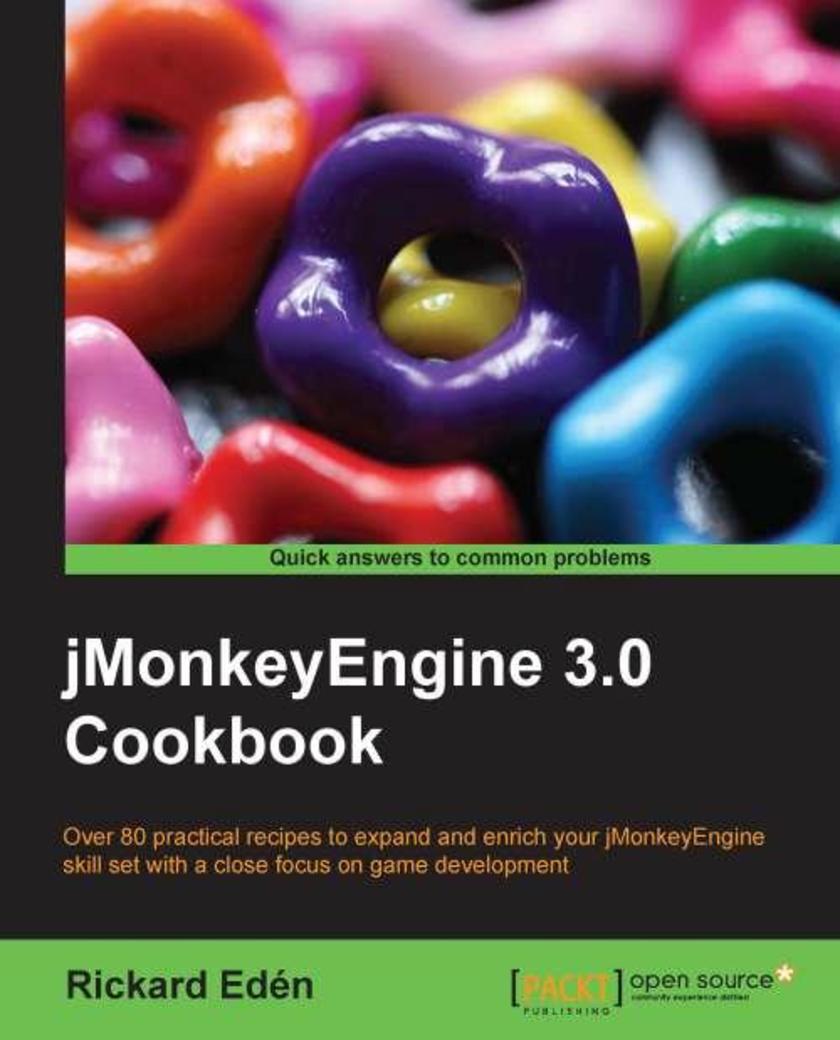
jMonkeyEngine 3.0 Cookbook
¥71.93
If you are a jMonkey developer or a Java developer who is interested to delve further into the game making process to expand your skillset and create more technical games, then this book is perfect for you.
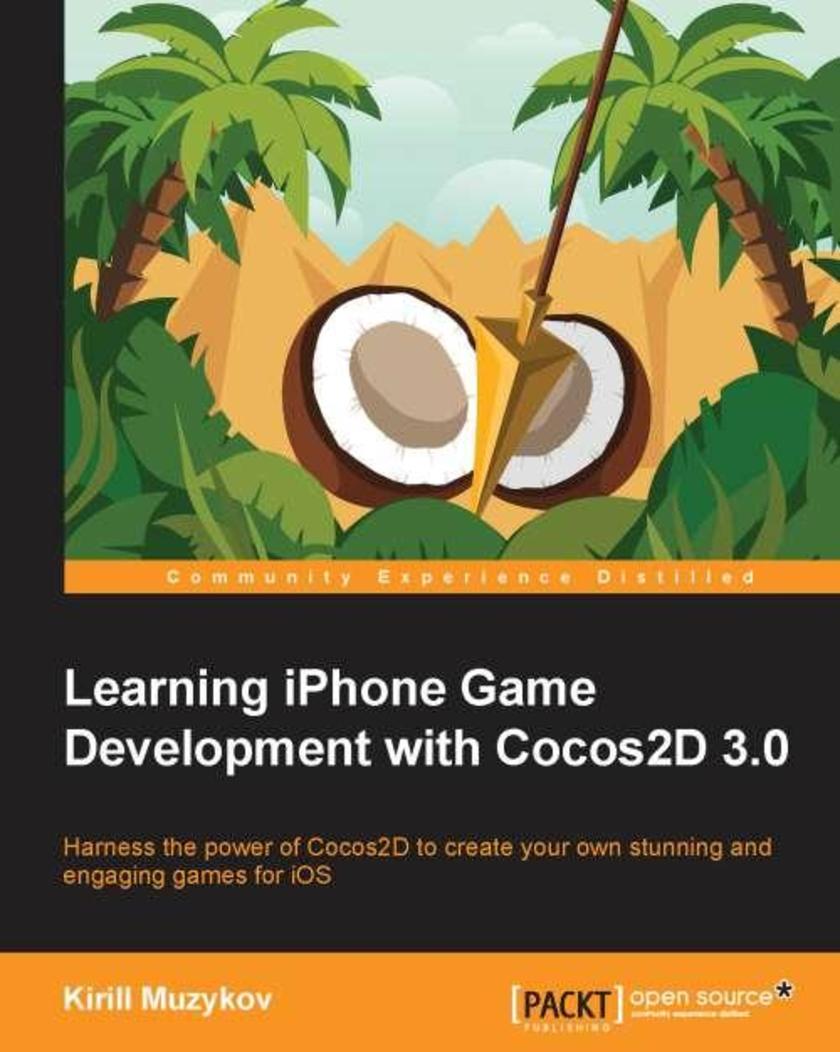
Learning iPhone Game Development with Cocos2D 3.0
¥71.93
This book is an easy-to-follow, step-by-step beginner's guide covering the full process of creating a game. It is packed with examples and illustrations, with comprehensive coverage of each topic. If you want to learn how to make games using the Cocos2D framework, this book is for you. If you would like to build a good foundation for a career in game development as an independent game developer or at a game studio, or if you just want to make games as a hobby, then you'll love this book. You should have some basic programming experience with Objective-C and Xcode. To run the code in this book, you will also need an Intel-based Macintosh running OS X Mountain Lion (or later).
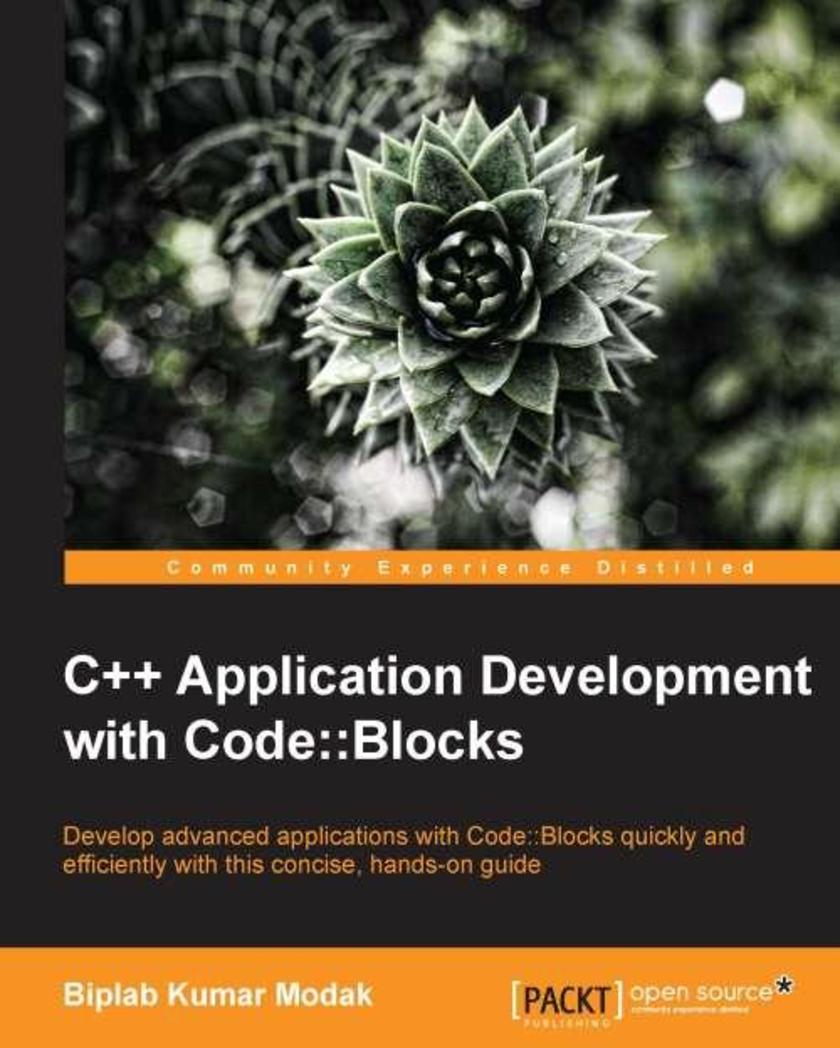
C++ Application Development with Code::Blocks
¥71.93
This is a comprehensive tutorial with step-by-step instructions on how to develop applications with Code::Blocks.This book is for C++ developers who wish to use Code::Blocks to create applications with a consistent look and feel across multiple platforms. This book assumes that you are familiar with the basics of the C++ programming language.
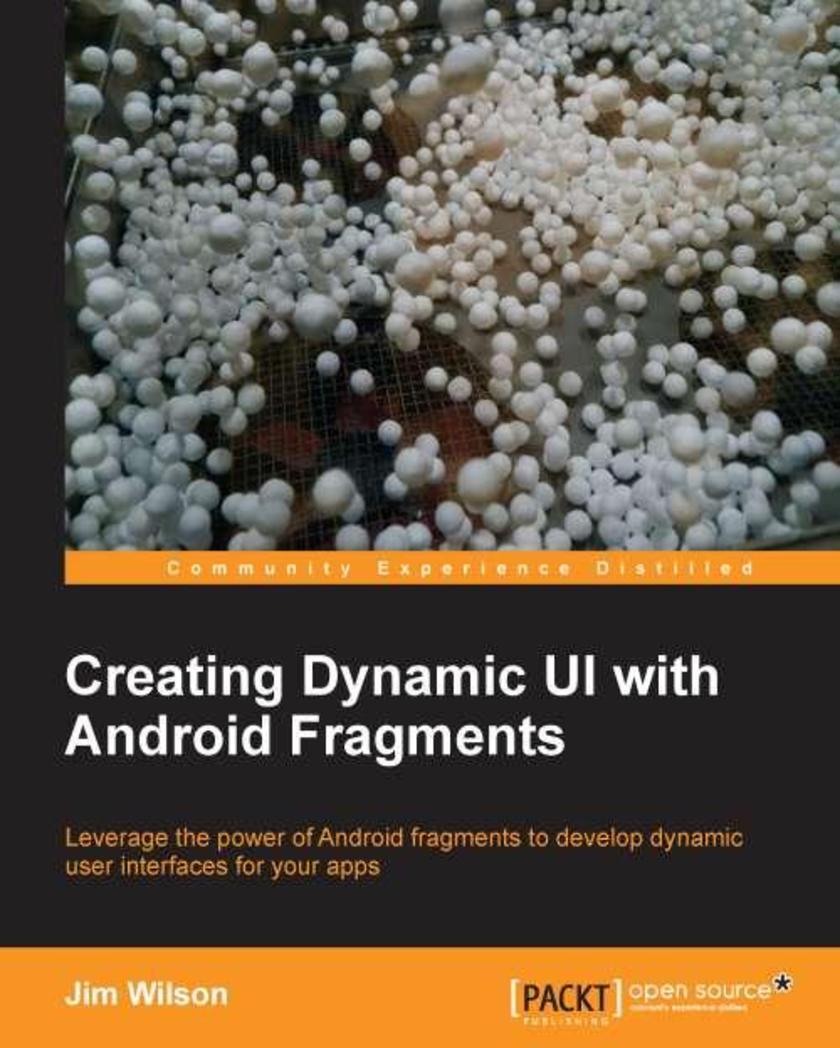
Creating Dynamic UI with,Android Fragments
¥71.93
A fast-paced tutorial that guides you through everything you need to know about dynamic UI design for Android devices.This book is for developers with a basic understanding of Android programming who would like to improve the appearance and usability of their applications. Whether you’re looking to create a more interactive user experience, create more dynamically adaptive UIs, provide better support for tablets and smartphones in a single app, reduce the complexity of managing your app UIs, or you are just trying to expand your UI design philosophy, then this book is for you.
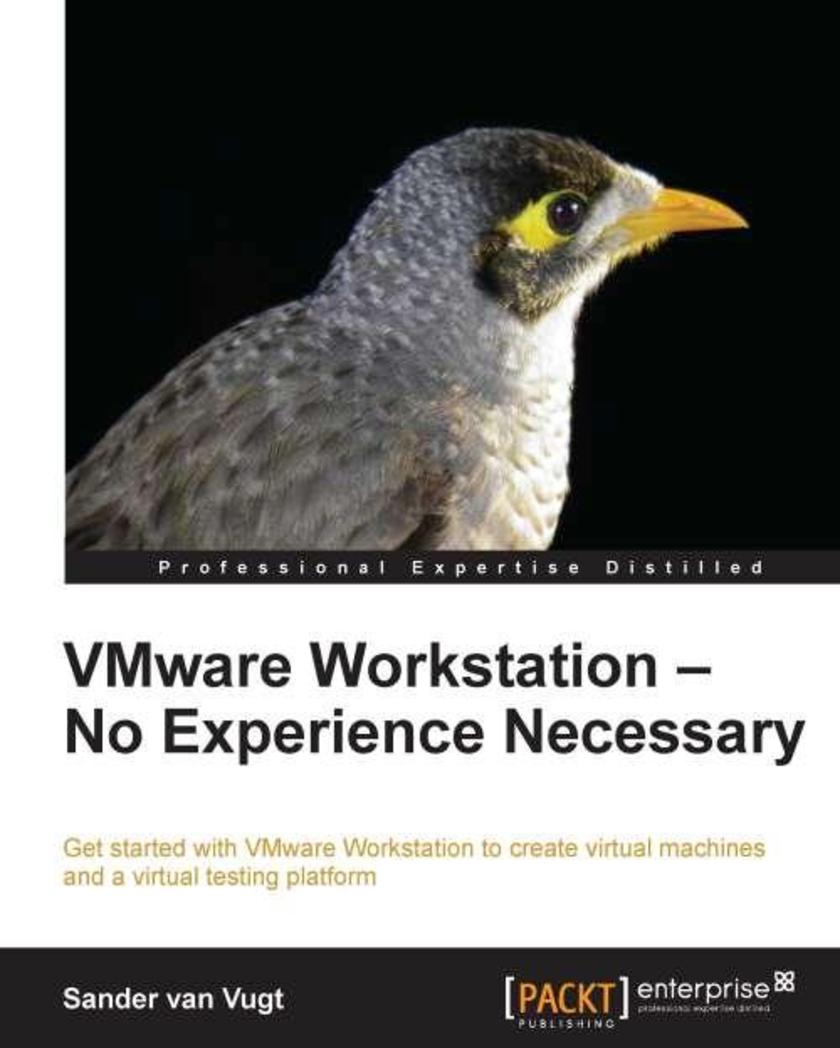
VMware Workstation – No Experience Necessary
¥71.93
This book is a practical, step-by-step guide to creating and managing virtual machines using VMware Workstation.VMware Workstation: No Experience Necessary is for developers as well as system administrators who want to efficiently set up a test environment .You should have basic networking knowledge, and prior experience with Virtual Machines and VMware Player would be beneficial
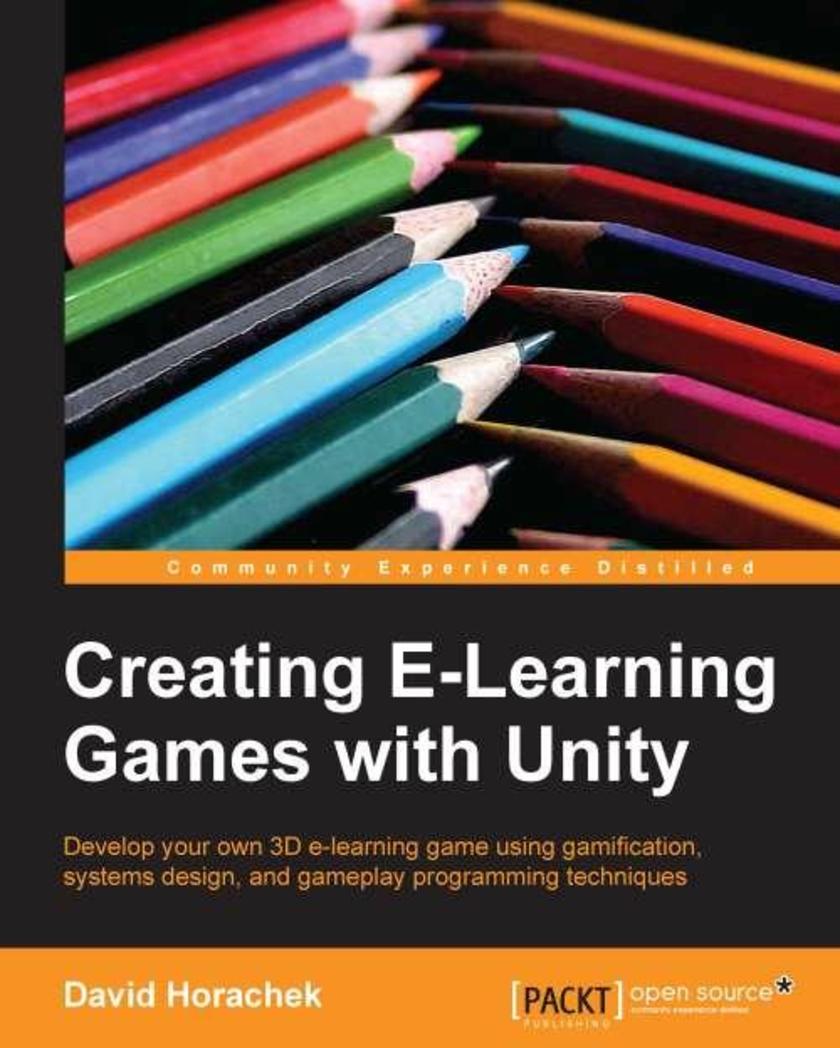
Creating eLearning Games with Unity
¥71.93
This book is an easytofollow guide that incrementally develops the game framework and missions, stepbystep, with each chapter. Extensive source code is provided and explained in detail to support and explain each of the concepts in the book. This book is intended for novice game programmers with a little experience in Unity3D, who want to learn how to program eLearning games. Educators and trainers who want to use Unity in an eLearning setting will also benefit from the book. It would be helpful to have a basic understanding of the concepts such as Unity *ing and the Finite State Machine (FSM), but no prior experience in game development is required.
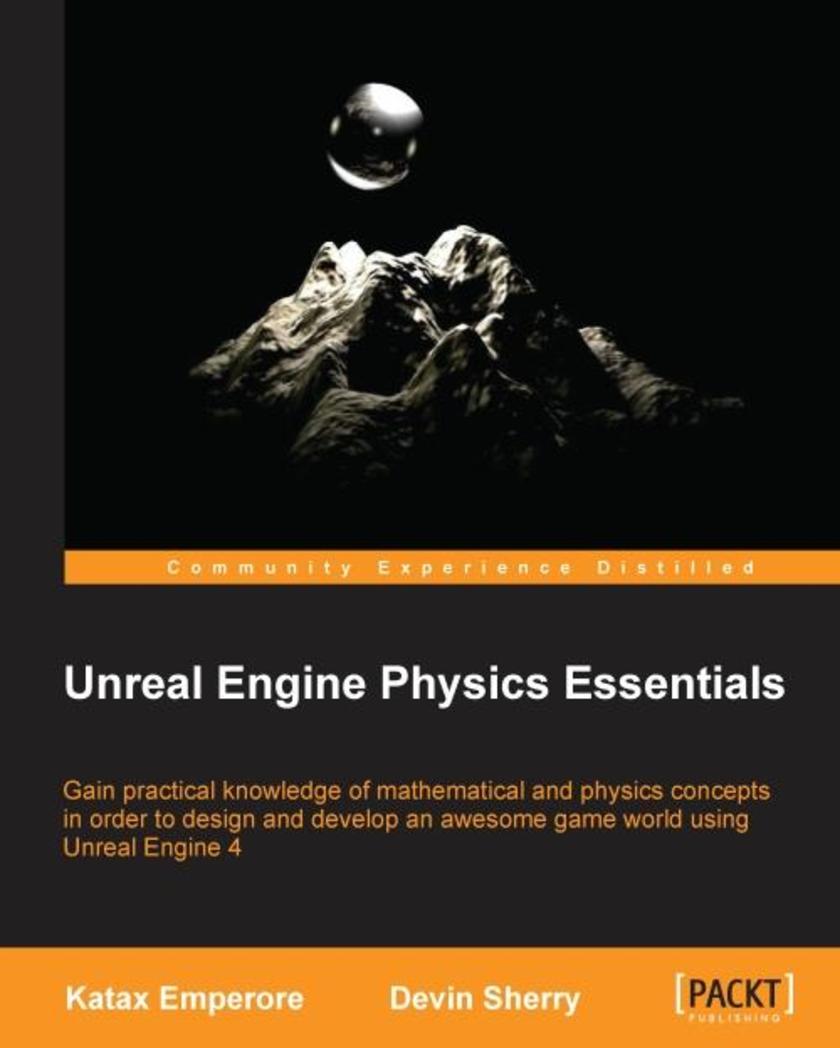
Unreal Engine Physics Essentials
¥71.93
Gain practical knowledge of mathematical and physics concepts in order to design and develop an awesome game world using Unreal Engine 4 About This Book Use the Physics Asset Tool within Unreal Engine 4 to develop game physics objects for your game world Explore the Collision mechanics within Unreal Engine 4 to create advanced, real-world physics A step-by-step guide to implementing the Physics concepts involved in Unreal Engine 4 to create a working Vehicle Blueprint Who This Book Is For This book is intended for beginner to intermediate users of Epic Games' Unreal Engine 4 who want to learn more about how to implement physics within their game-world. No matter what your knowledge base of Unreal Engine 4 is, this book contains valuable information on blueprint *ing, collision generation, materials, and the Physical Asset Tool (PhAT) for all users to create better games. What You Will Learn Get to know basic to intermediate topics in mathematics and physics Create assets using the Physics Asset Tool (PhAT) in Unreal Engine 4 Develop Collision Hulls, which are necessary to take advantage of Unreal Engine 4’s physics and collision events Use constraints to create advanced physics-based assets for your game-world Working knowledge of physics bodies, physics damping, and friction within Unreal Engine 4 Develop physical materials to recreate real-world friction for substances such as glass and ice Create a working vehicle blueprint from scratch using assets provided by Unreal Engine 4 Gain knowledge about implementing advanced physics in Unreal Engine 4 using C++ programming In Detail Unreal Engine 4 is one of the leading game development tools used by both AAA and independent developers alike to create breathe-taking games. One of the key features of this tool is the use of Physics to create a believable game-world for players to explore. This book gives readers practical insight into the mathematical and physics principles necessary to properly implement physics within Unreal Engine 4. Discover how to manipulate physics within Unreal Engine 4 by learning basic real-world mathematical and physics concepts that assist in the implementation of physics-based objects in your game world. Then, you'll be introduced to PhAT (Physics Asset Tool) within Unreal Engine 4 to learn more about developing game physics objects for your game world. Next, dive into Unreal Engine 4’s collision generation, physical materials, blueprints, constraints, and more to get hands-on experience with the tools provided by Epic to create real-world physics in Unreal Engine 4. Lastly, you will create a working Vehicle Blueprint that uses all the concepts covered in this book, as well as covering advanced physics-based topics. Style and approach An easy-to-follow reference text filled with working examples of physics within Unreal Engine 4. Each topic is broken down to easily explain how to implement physics and physical objects in your game-world using the tools provided by Epic Games Unreal Engine 4.
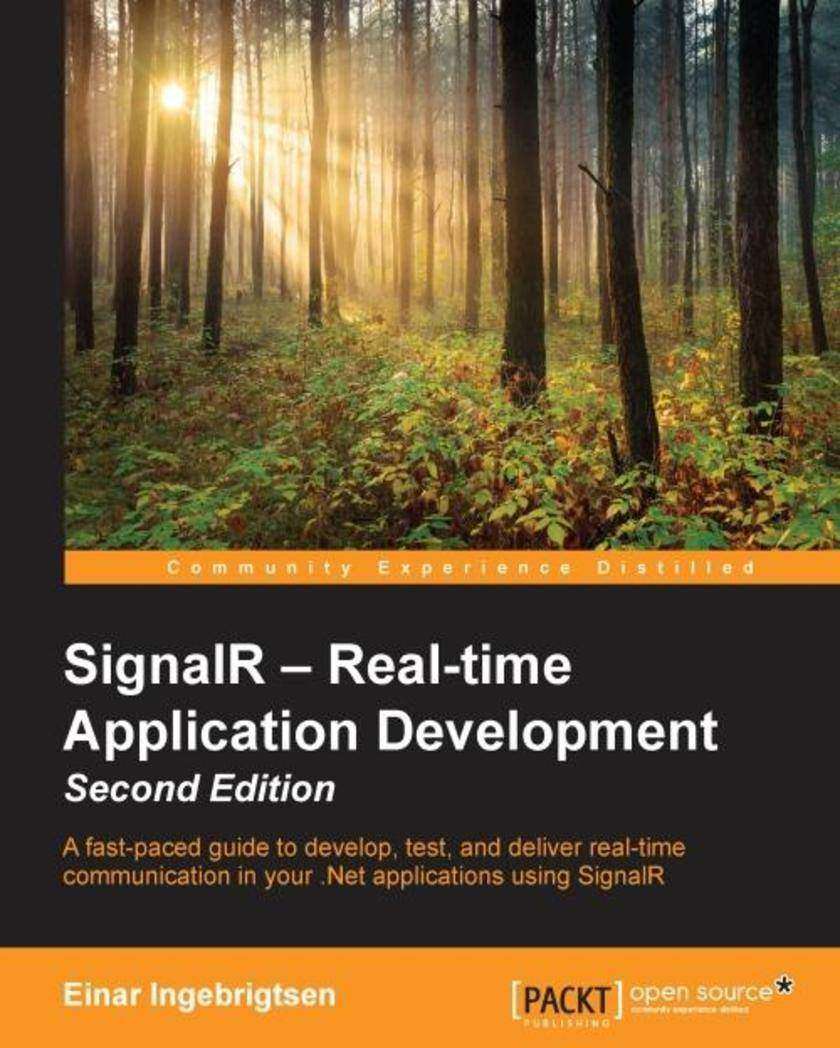
SignalR – Real-time Application Development - Second Edition
¥71.93
A fast-paced guide to develop, test, and deliver real-time communication in your .Net applications using SignalR About This Book Build and test real-time apps in .Net using the new features of SignalR Explore the fundamentals and the new methods and functions in the latest version of SignalR along with developing a complete application from scratch A progressive, hands-on guide to gain an understanding of the SignalR framework Who This Book Is For If you are a .Net developer with good understanding of the .Net platform then this is an ideal book for you to learn how to build real-time apps using the SignalR framework. What You Will Learn Explore the basic knowledge and understanding of SignalR Get to know how to connect client to the server Connecting a client with a server and setting a hub Creating group connections together Understand how to have state in the client to have specific operations Securing SignalR connections How to scale SignalR across multiple servers Building a client for WPF Building a client using Xamarin targeting Windows, iPhone and Android Get to grips with monitoring the traffic in SignalR using Fiddler for Windows and Charles for OSX Setting up code to host SignalR using OWIN In Detail With technology trends, demands on software have changed with more and more skilled users. Over the past few years, with services such as Facebook, Twitter and push notifications on smartphones, users are now getting used to being up to date with everything that happens all the time. With SignalR, the applications stay connected and will generate notifications when something happens either from the system or by other users thus giving new opportunities to enter into this new, exciting world of real-time application development. This is a step-by-step guide that follows a practical approach helping you as a developer getting to get started with SignalR by learning its fundamentals. It will help you through building real-time applications using the new methods and functions in the SignalR framework. Starting from getting persistent connections with the server, you will learn the basics of connecting a client to the server and how the messaging works. This will be followed by setting up a hub on the server and consuming it from a JavaScript client. Next you will be taught how you can group connections together to send messages. We will then go on to know how you can have state in the client to handle specific operations like connecting or disconnecting. Then, moving on you will learn how to secure your SignalR connections using OWIN and scaling SignalR across multiple servers. Next you will learn building a client for WPF and building a client using Xamarin that targets Windows Phone, iPhone and Android. Lastly, you will learn how to monitor the traffic in SignalR using Fiddler, Charles and hosting SignalR using OWIN. Style and approach This is an example- oriented and comprehensive guide to learning the fundamentals of SignalR to build real-time applications. It will help you build real-time applications on the .Net platform in a step-by-step manner along with giving teaching techniques to deal with possible performance bottlenecks and other key topics.
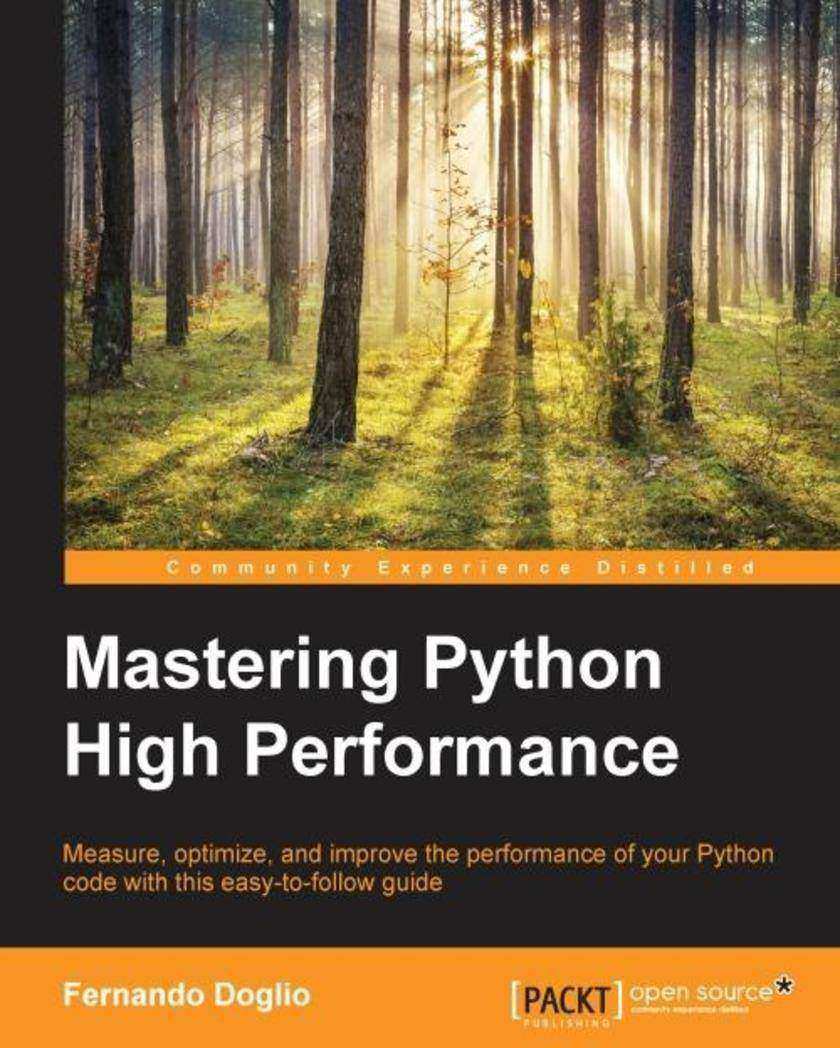
Mastering Python High Performance
¥71.93
Measure, optimize, and improve the performance of your Python code with this easy-to-follow guide About This Book Master the do's and don'ts of Python performance programming Learn how to use exiting new tools that will help you improve your *s A step-by-step, conceptual guide to teach you how to optimize and fine-tune your critical pieces of code Who This Book Is For If you're a Python developer looking to improve the speed of your *s or simply wanting to take your skills to the next level, then this book is perfect for you. What You Will Learn Master code optimization step-by-step and learn how to use different tools Understand what a profiler is and how to read its output Interpret visual output from profiling tools and improve the performance of your * Use Cython to create fast applications using Python and C Take advantage of PyPy to improve performance of Python code Optimize number-crunching code with NumPy, Numba, Parakeet, and Pandas In Detail Simply knowing how to code is not enough; on mission-critical pieces of code, every bit of memory and every CPU cycle counts, and knowing how to squish every bit of processing power out of your code is a crucial and sought-after skill. Nowadays, Python is used for many scientific projects, and sometimes the calculations done in those projects require some serious fine-tuning. Profilers are tools designed to help you measure the performance of your code and help you during the optimization process, so knowing how to use them and read their output is very handy. This book starts from the basics and progressively moves on to more advanced topics. You’ll learn everything from profiling all the way up to writing a real-life application and applying a full set of tools designed to improve it in different ways. In the middle, you’ll stop to learn about the major profilers used in Python and about some graphic tools to help you make sense of their output. You’ll then move from generic optimization techniques onto Python-specific ones, going over the main constructs of the language that will help you improve your speed without much of a change. Finally, the book covers some number-crunching-specific libraries and how to use them properly to get the best speed out of them. After reading this book, you will know how to take any Python code, profile it, find out where the bottlenecks are, and apply different techniques to remove them. Style and approach This easy-to-follow, practical guide will help you enhance your optimization skills by improving real-world code.
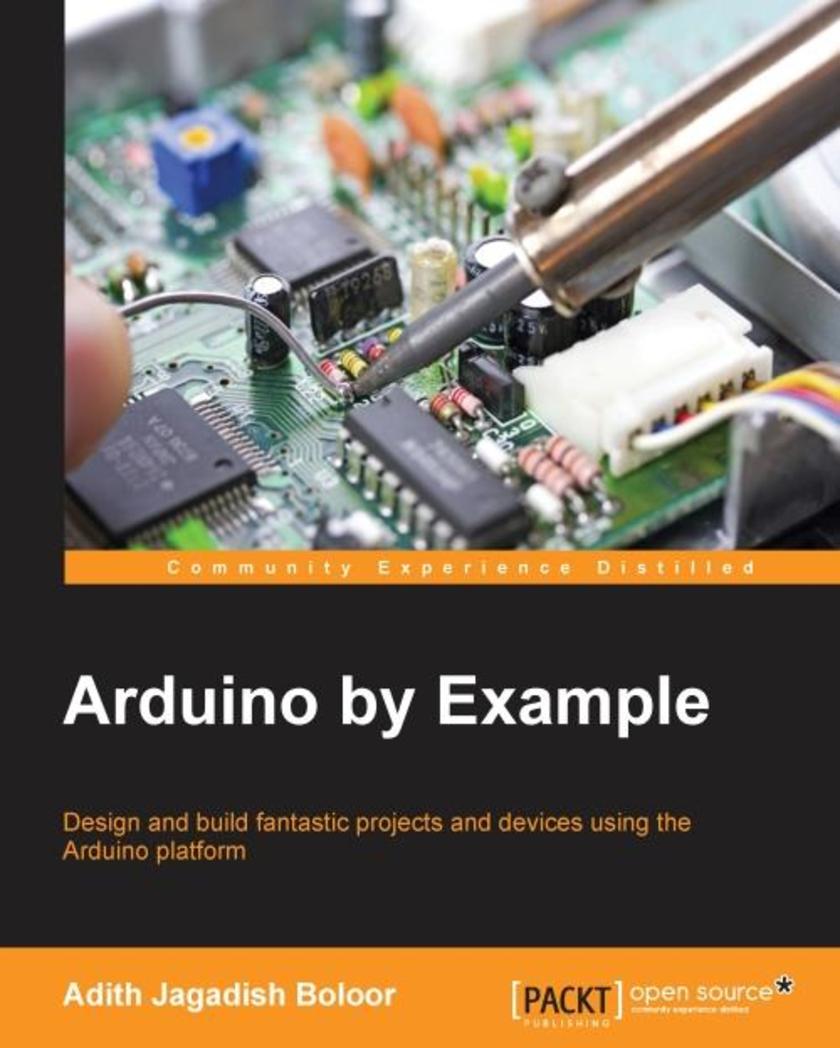
Arduino by Example
¥71.93
Design and build fantastic projects and devices using the Arduino platform About This Book Explore the different sensors that can be used to improve the functionality of the Arduino projects Program networking modules in conjunction with Arduino to make smarter and more communicable devices A practical guide that shows you how to utilize Arduino to create practical, useful projects Who This Book Is For This book is an ideal choice for hobbyists or professionals who want to create quick and easy projects with Arduino. As a prerequisite, readers must have a working Arduino system and some programming background, ideally in C/C++. Basic knowledge of Arduino is helpful but not required to follow along with this book. What You Will Learn Understand and utilize the capabilities of the Arduino Integrate sensors to gather environmental data and display this information in meaningful ways Add modules such as Bluetooth and Wi-fithat allow the Arduino to communicate and send data between devices Create simple servers to allow communication to occur Build automated projects including robots while learning complex algorithms to mimic biological locomotion Implement error handling to make programs easier to debug and look more professional Integrate powerful programming tools and software such as Python and Processing to broaden the scope of what the Arduino can achieve Practice and learn basic programming etiquette In Detail Arduino an opensource physical computing platform based on a simple microcontroller board, and a development environment for writing software for the board. The opensource Arduino software (IDE) makes it easy to write code and upload it to the board. It runs on Windows, Mac OS X, and Linux. The environment is written in Java and based on Processing and other opensource software. With the growing interest in home-made, weekend projects among students and hobbyists alike, Arduino offers an innovative and feasible platform to create projects that promote creativity and technological tinkering. Arduino by Example is a project-oriented guide to help you fully utilize the power of one of the world's most powerful open source platforms, Arduino. This book demonstrates three projects ranging from a home automation project involving your lighting system to a simple robotic project to a touch sensor project. You will first learn the basic concepts such as how to get started with the Arduino, and as you start building the project, you will develop the practical skills needed to successfully build Arduino powered projects that have real-life implications. The complexity of the book slowly increases as you complete a project and move on to the next. By the end of this book, you will be able to create basic projects and utilize the elements used in the examples to construct your own devices. Style and approach This book follows a project-oriented approach, with multiple images and plenty of code to help you build your projects easily. The book uses a tutorial-based methodology where the concepts are first explained and then implemented to help you develop the projects.
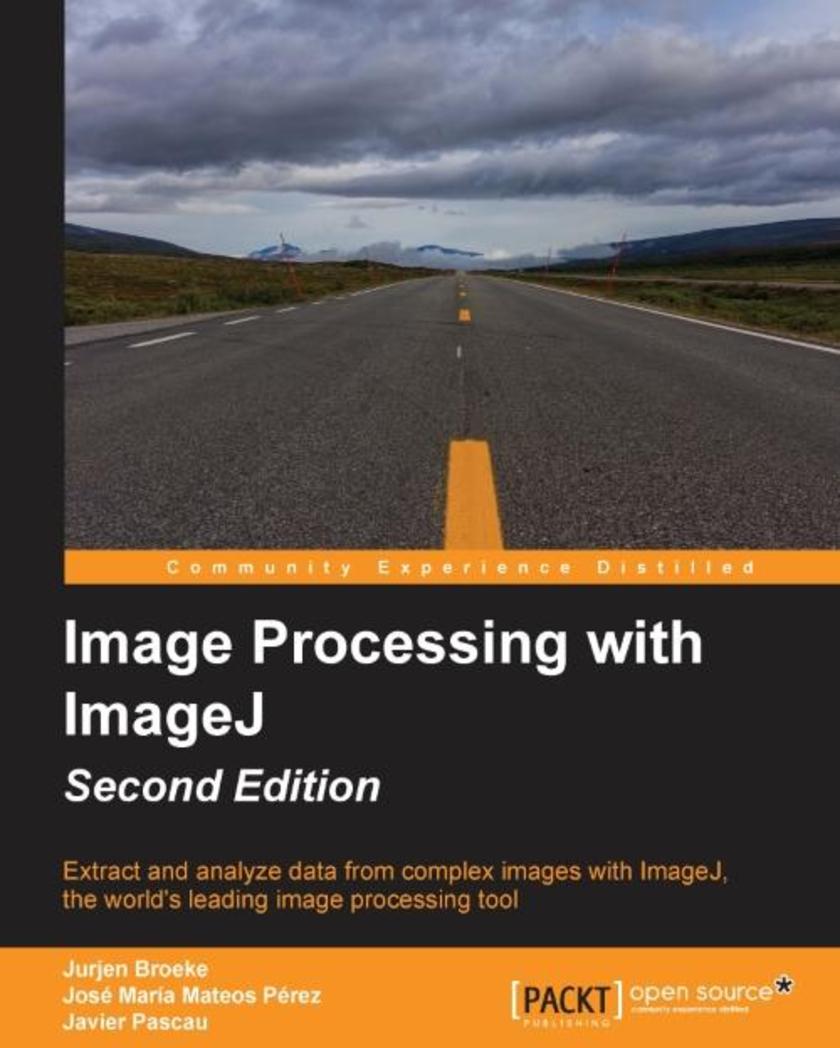
Image Processing with ImageJ - Second Edition
¥71.93
Extract and analyze data from complex images with ImageJ, the world’s leading image processing tool About This Book Design automated image-processing solutions and speed up image-processing tasks with ImageJ Create quality and intuitive interfaces for image processing by developing a basic framework for ImageJ plugins. Tackle even the most sophisticated datasets and complex images Who This Book Is For The book has been created for engineers, scientists, and developers eager to tackle image processing with one of the leading tools available. No prior knowledge of ImageJ is needed. Familiarity with Java programming will be required for readers to code their own routines using ImageJ. What You Will Learn Install and set up ImageJ for image processing. Process images using ImageJ’s built-in tools Create macros to perform repetitive processing tasks Set up and use an integrated development environment for ImageJ plugins Create plugins with a user-friendly interface for processing Use established ImageJ plugins for processing and quantification Generate a simple interface based on a real world example and create other interfaces for other projects Speed up interface development by setting multiple parameters interactively In Detail Advances in image processing have been vital for the scientific and technological communities, making it possible to analyze images in greater detail than ever before. But as images become larger and more complex, advanced processing techniques are required. ImageJ is built for the modern challenges of image processing – it’s one of the key tools in its development, letting you automate basic tasks so you can focus on sophisticated, in depth analysis. This book demonstrates how to put ImageJ into practice. It outlines its key features and demonstrates how to create your own image processing applications using macros and ImageJ plugins. Once you’ve got to grips with the basics of ImageJ, you’ll then discover how to build a number of different image processing solutions. From simple tasks to advanced and automated image processing, you’ll gain confidence with this innovative and powerful tool – however and whatever you are using it for. Style and approach A step-by-step guide to image processing and developing macros and plugins in ImageJ. The book will progress from using the built-in tools to macros and finally plugins for image processing.
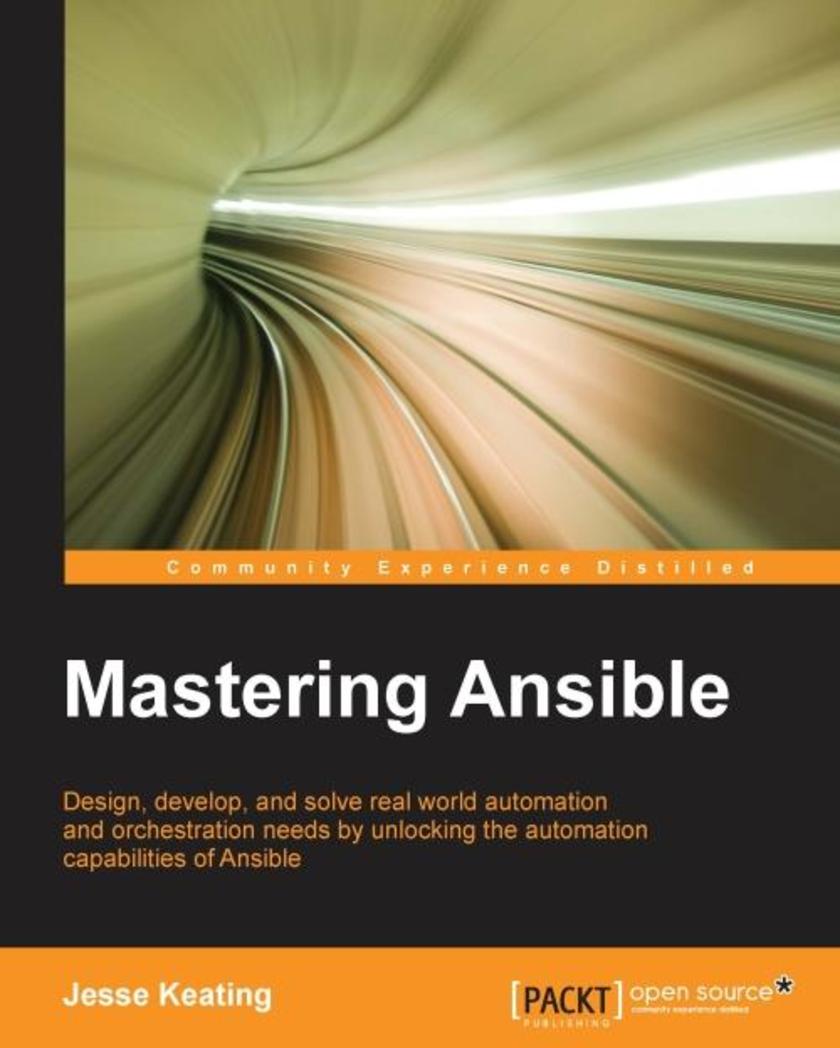
Mastering Ansible
¥71.93
Design, develop, and solve real world automation and orchestration needs by unlocking the automation capabilities of Ansible About This Book Discover how Ansible works in detail Explore use cases for Ansible’s advanced features including task delegation, fast failures, and serial task execution Extend Ansible with custom modules, plugins, and inventory sources Who This Book Is For This book is intended for Ansible developers and operators who have an understanding of the core elements and applications but are now looking to enhance their skills in applying automation using Ansible. What You Will Learn Understand Ansible’s code and logic flow Safeguard sensitive data within Ansible Access and manipulate complex variable data within Ansible playbooks Handle task results to manipulate change and failure definitions Organize Ansible content into a simple structure Craft a multi-tier rollout playbook utilizing load balancers and manipulating your monitoring system Utilize advanced Ansible features to orchestrate rolling updates with almost no service disruptions Troubleshoot Ansible failures to understand and resolve issues Extend Ansible with custom modules, plugins, or inventory sources In Detail Automation is critical to success in the world of DevOps. How quickly and efficiently an application deployment can be automated, or a new infrastructure can be built up, can be the difference between a successful product or a failure. Ansible provides a simple yet powerful automation engine. Beyond the basics of Ansible lie a host of advanced features which are available to help you increase efficiency and accomplish complex orchestrations with ease. This book provides you with the knowledge you need to understand how Ansible works at a fundamental level and leverage its advanced capabilities. You'll learn how to encrypt Ansible content at rest and decrypt data at runtime. You will master the advanced features and capabilities required to tackle the complex automation challenges of today and beyond. You will gain detailed knowledge of Ansible workflows, explore use cases for advanced features, craft well thought out orchestrations, troubleshoot unexpected behaviour, and extend Ansible through customizations. Finally, you will discover the methods used to examine and debug Ansible operations, helping you to understand and resolve issues. Style and approach A clear, practical guide that covers best practise, system architecture and design aspects that will help you master Ansible with ease.
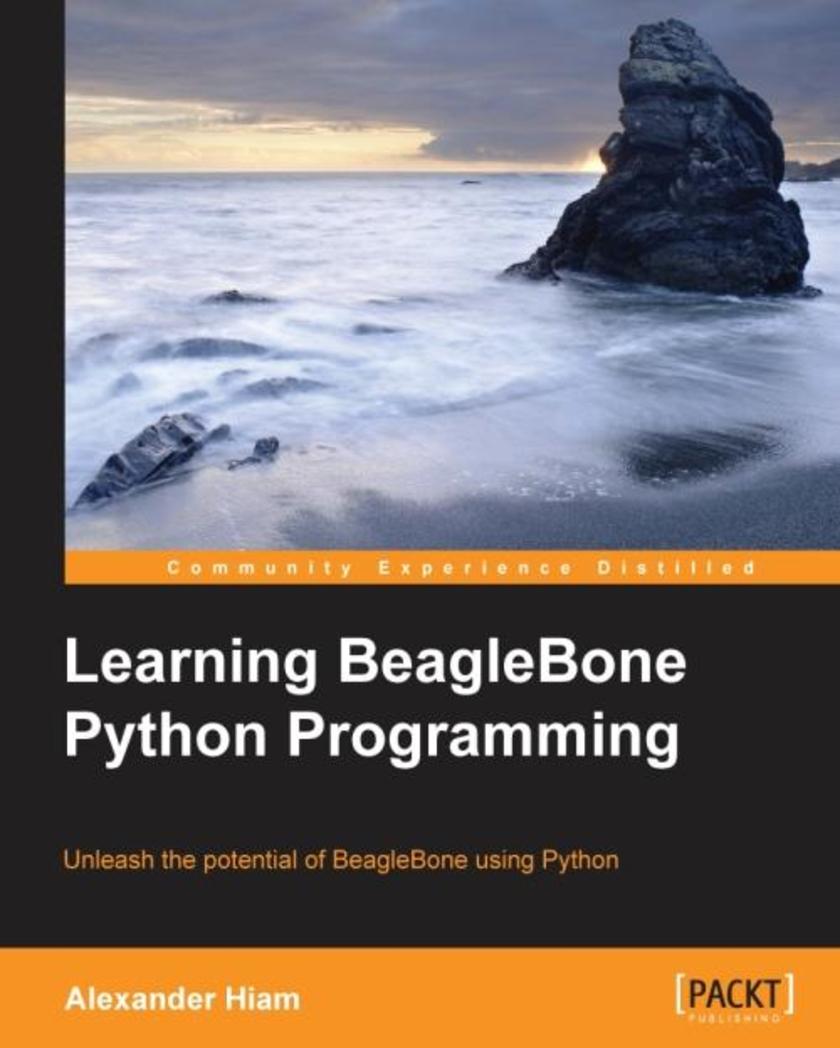
Learning BeagleBone Python Programming
¥71.93
If you have experience with the Python language and are interested in getting started with electronics, then BeagleBone Black is the perfect platform for you and this book will provide you with the information you need.
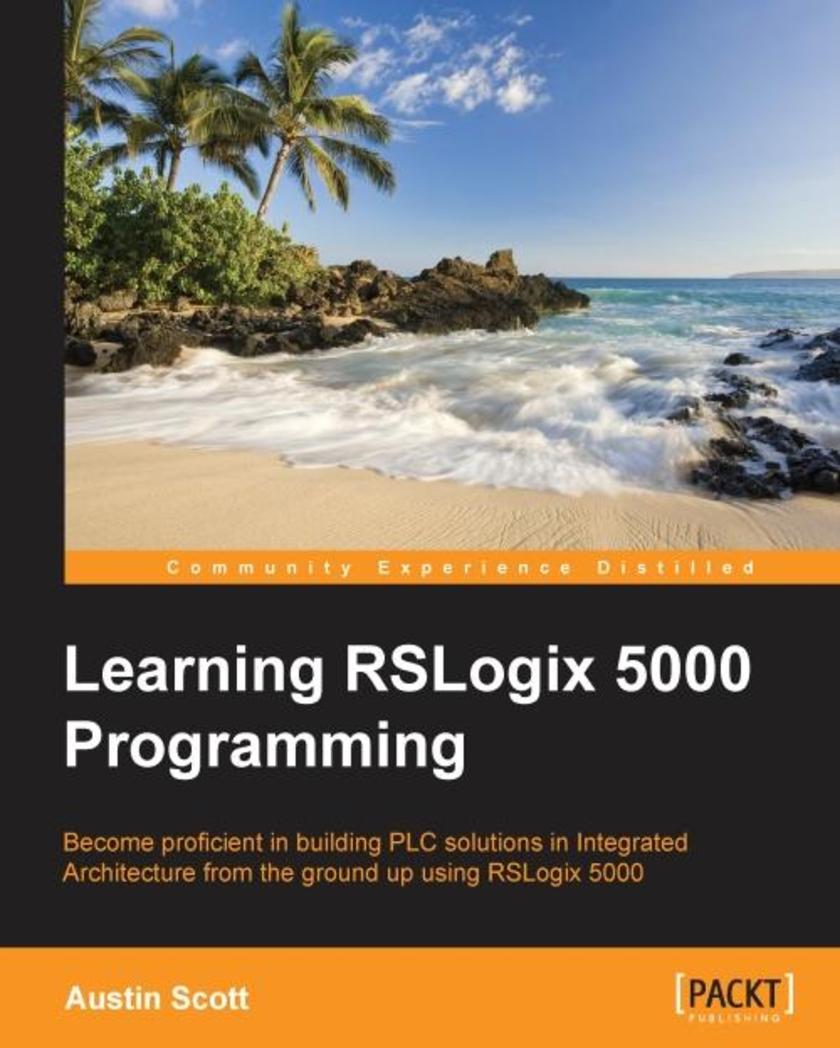
Learning RSLogix 5000 Programming
¥71.93
This book is for PLC programmers, electricians, instrumentation technicians, and automation professionals with basic PLC programming knowledge, but no knowledge of RSLogix 5000. If you are a student who is familiar with automation and would like to learn about RSLogix 5000 with a minimal investment of time, this is the book for you.
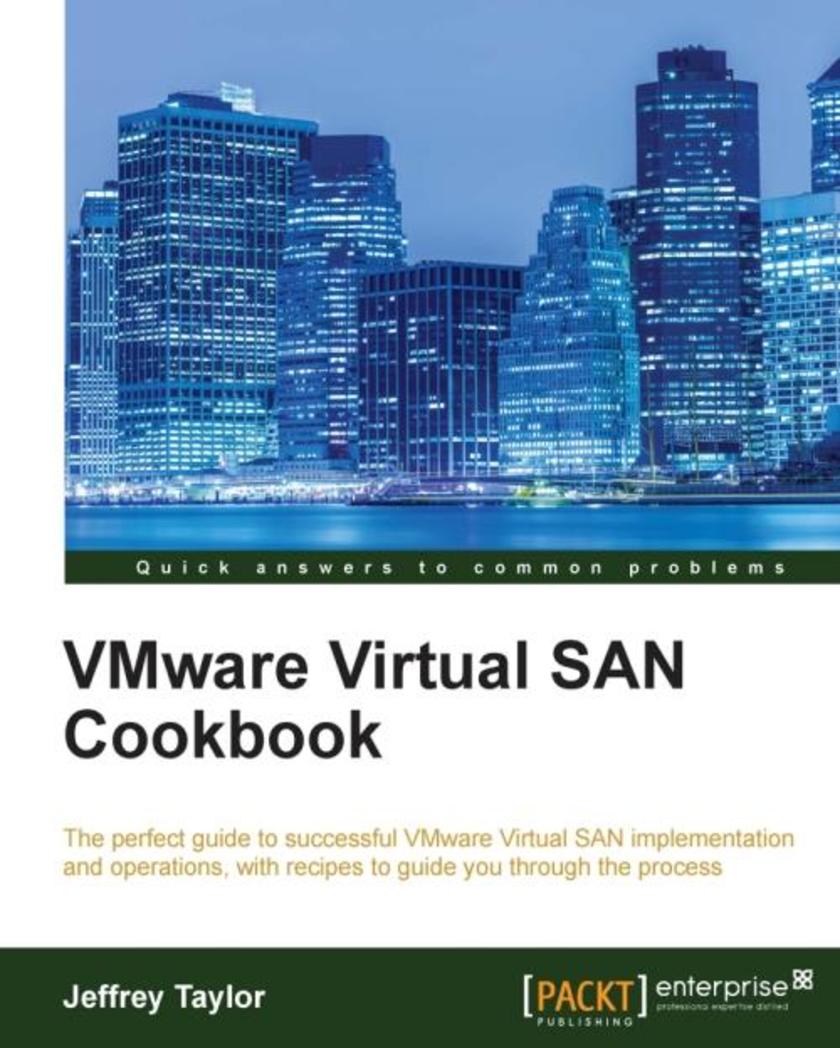
VMware Virtual SAN Cookbook
¥71.93
If you are an administrator of a VMware vSphere infrastructure who wants to simplify storage delivery by integrating storage into vSphere, Virtual SAN is for you. No extensive storage background is needed as VMware Virtual SAN integrates into the existing vSphere solutions with which you are already familiar.
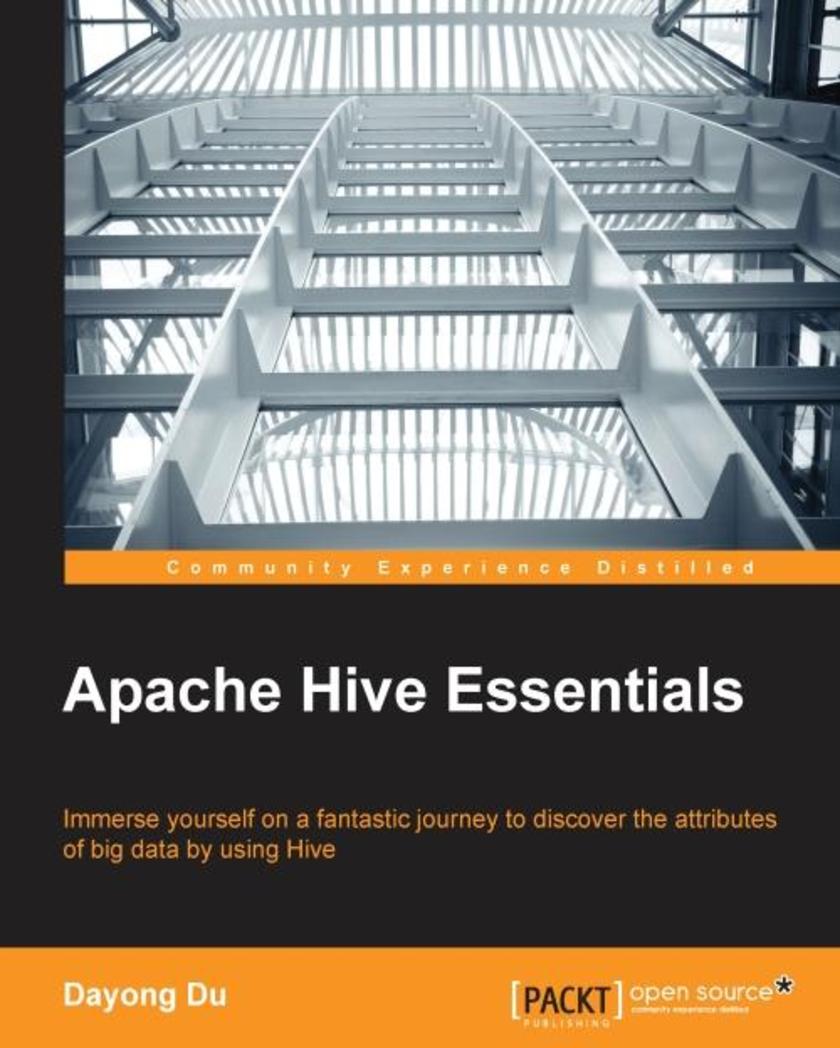
Apache Hive Essentials
¥71.93
If you are a data analyst, developer, or simply someone who wants to use Hive to explore and analyze data in Hadoop, this is the book for you. Whether you are new to big data or an expert, with this book, you will be able to master both the basic and the advanced features of Hive. Since Hive is an SQL-like language, some previous experience with the SQL language and databases is useful to have a better understanding of this book.
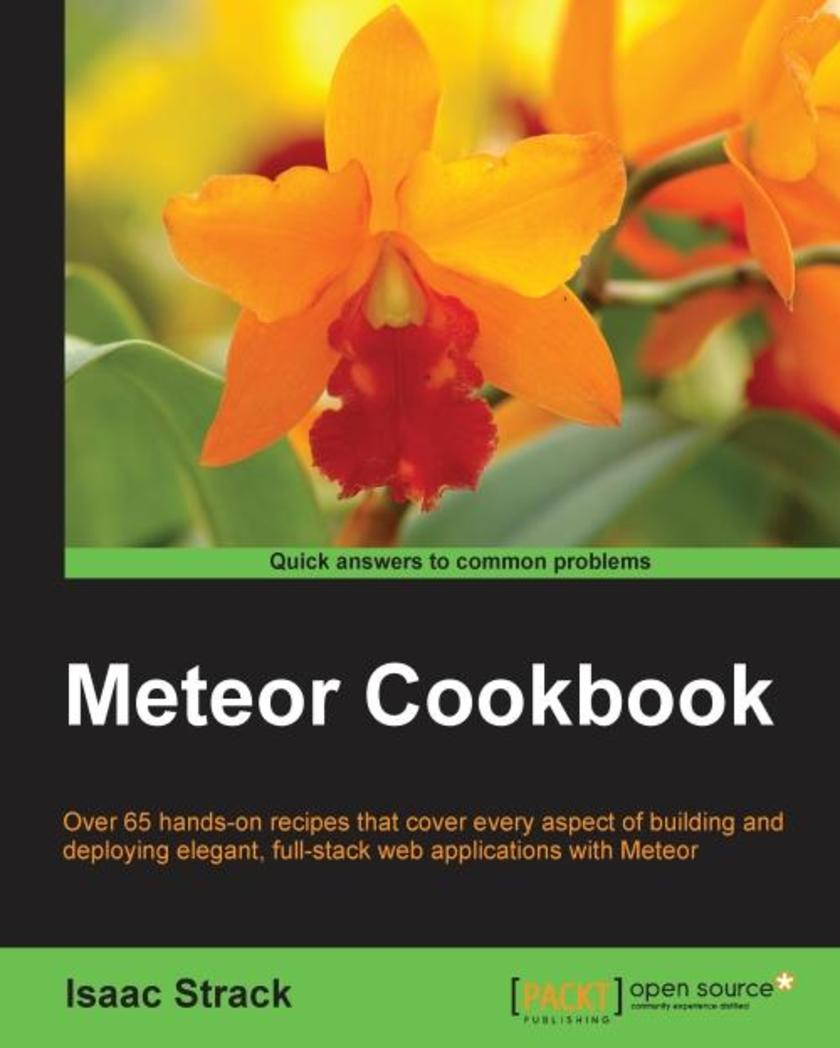
Meteor Cookbook
¥71.93
This book is meant for developers of all experience levels looking to create mobile and full-stack web applications in JavaScript. Many of the simple recipes can easily be followed by less-experienced developers, while some of the advanced recipes will require extensive knowledge of existing web, mobile, and server technologies. Any application or enterprise web developer looking to create full-stack JavaScript-based apps will benefit from the recipes and concepts covered in this book.
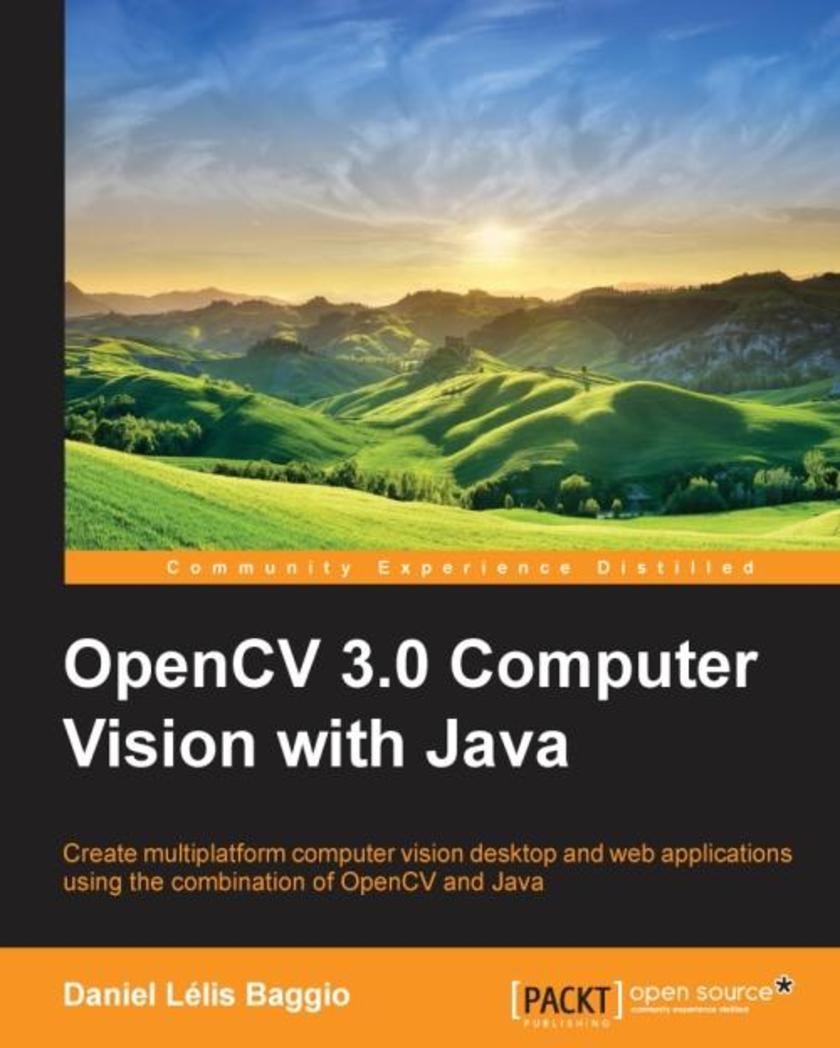
OpenCV 3.0 Computer Vision with Java
¥71.93
If you are a Java developer, student, researcher, or hobbyist wanting to create computer vision applications in Java then this book is for you. If you are an experienced C/C++ developer who is used to working with OpenCV, you will also find this book very useful for migrating your applications to Java. All you need is basic knowledge of Java, with no prior understanding of computer vision required, as this book will give you clear explanations and examples of the basics.




 购物车
购物车 个人中心
个人中心



